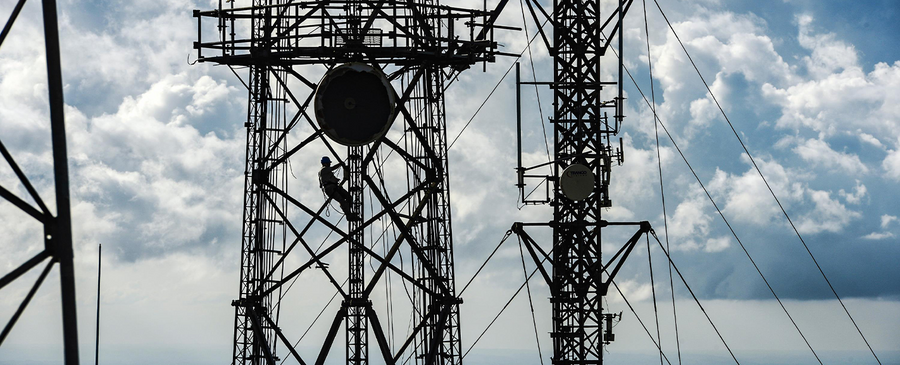Very best safest distance coming from a 5G cell Tower system?

If you've ever been through a town, you may have seen tiny cell towers for 5G on street light poles. Browse around this site look like small boxes however they're actually sending wireless signals from cellular providers to your phone.
what is a safe distance from a 5g cell tower are being replaced by larger, purpose-built cell towers. Although they're not as visible, they still can cause problems for people.
It is the of the FCC's Radiation Exposure Thresholds
The FCC's Radiation Exposure Thresholds define the safe limit at which an individual can be exposed to electromagnetic energy generated by wireless devices. The exposure limits are based on scientific data which show that the energy of RF can be harmful to health.
The absorption rate specific (SAR) is an indicator of the radiofrequency energy that is absorbed by tissue. It is typically 1.6 milliwatts per kilogram calculated over one gram of tissue.
But, since 5g operates at higher frequencies and has the potential to cause greater energy intensity on the skin and other exposed body parts. This could lead to a wide range of potential harms, including exacerbated development of skin diseases such as dermatitis and skin cancer and cataracts.
Because of the potentially harmful effects of radiation from 5G, PSU has chosen to create a general maximum power density of four mW/cm2 averaged over 1 cm2, and not to exceed 30 minutes for the entire 5G spectrum at 3000 GHz. This limit for localization is in line with the maximum spatial-average SAR of 1.6 W/kg averaged over 1 5 grams of body tissue, at 6 GHz.
The FCC's Maximum Exposure Thresholds
If you've ever operated a cell phone, you probably know that the safest location from the tower is at least 400 meters. This is because the power of transmission from the cell tower is significantly increased the farther your location from the tower.
While it sounds like a good idea, the reality is that people living in close proximity to towers may actually be more susceptible to health problems. For instance, a 2014 study in India discovered that people living within 50 meters from cell towers suffered much more health problems than those who lived farther distance from them.
But, the study revealed that those who relocated to areas that were further from the cell towers saw their symptoms improve within a few days. Another study has revealed that exposure to high amounts of electromagnetic field radiofrequency (EMFs) can cause cancer, brain tumors, and other health problems.
This is due to the fact that radiofrequency radiation, which is used in wireless communication, can penetrate the body's outer layer, the skin. This is important to understand since the skin serves as a protective barrier against injuries caused by mechanical forces, infections from pathogenic microorganisms, as well as the entry of harmful substances. Additionally, it is the largest organ in the human body, and is responsible for maintaining the integrity of other organs.

The FCC's Minimum Exposure Thresholds
The FCC's Minimum Exposure Thresholds are based on several assumptions that are not supported by evidence from science. These include the erroneous assumption that exposures to RF radiation are safe due to minimal absorption into body (i.e. thermal heating of tissue).
The assumption also ignores the greater penetration of ELF elements of modulated radio signals and the consequences on the body of short bursts caused by RF pulses. These assumptions are not in line with current knowledge of the biological effects of RF radiation. Therefore, they should not be relied upon for health-protection exposure standards.
Additionally to that, ICNIRP and FCC limit their maximum limit of exposure to the local SARs, based on the maximum frequency of absorption (psSAR) that is not a reliable dosimetric instrument for determining the level of radiation exposure. In particular the psSAR tool is not accurate for frequencies above 6 GHz. In addition, psSAR is not been tested for RF radiation with co-exposure to other environmental agents such as sunlight. In the event of interactions, RF radiation and other environmental agents may produce synergistic or antagonistic impacts. what is a safe distance from a 5g cell tower can lead to an increased risk of negative health adverse effects. For instance, exposure to RF radiation and sunlight could increase the risk of skin cancer, as well as aggravate other skin conditions like acne.
